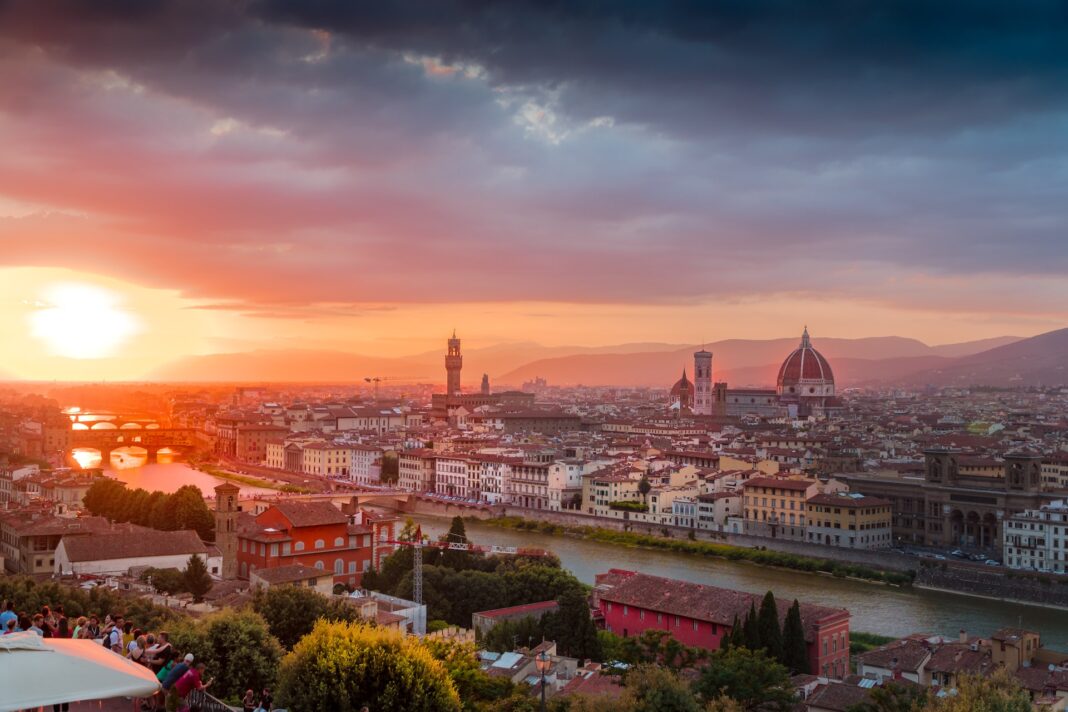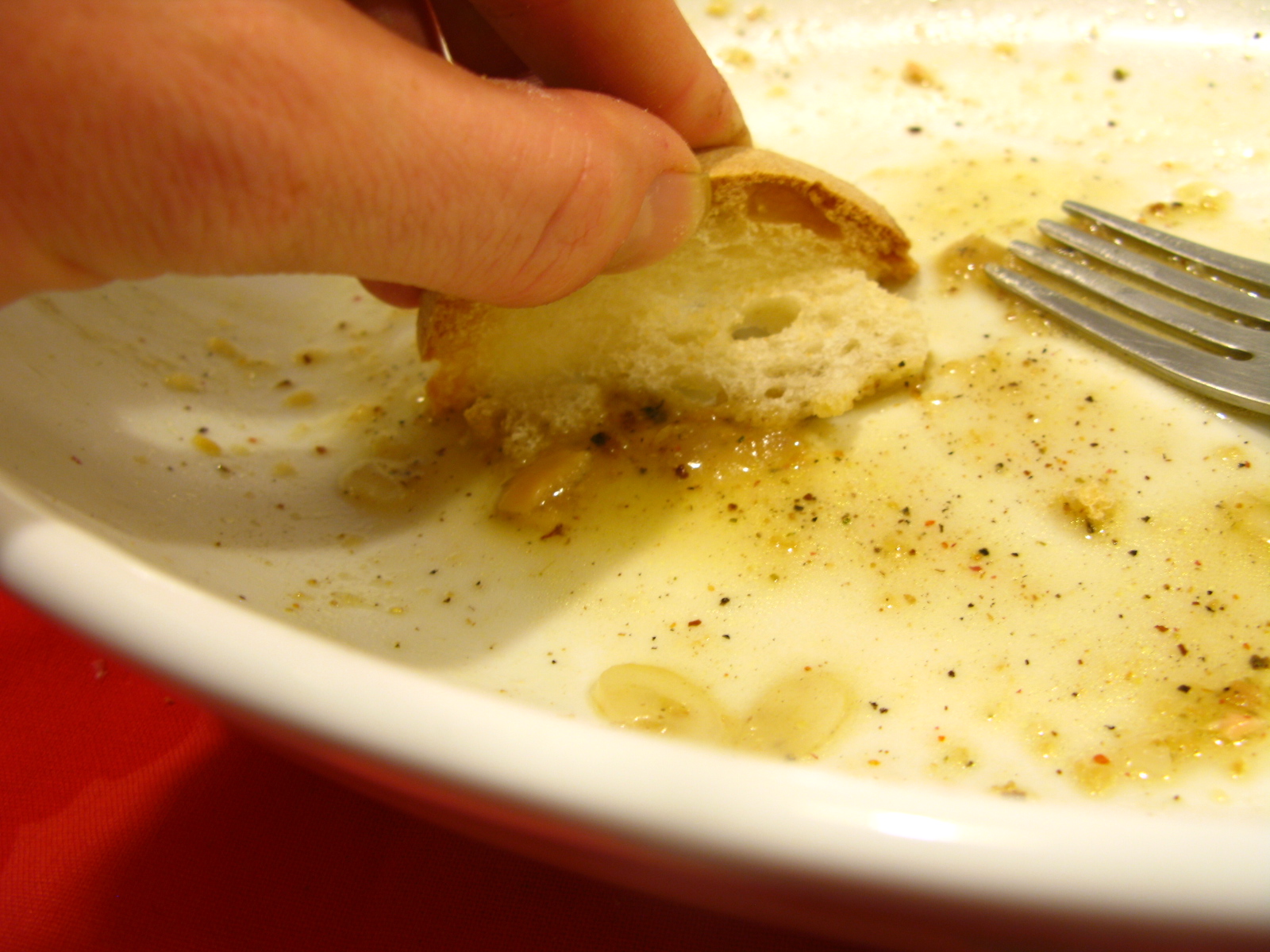Contents
Why speaking Italian makes life worth living
Full-bodied, resonant vowels, rolled “r”s, a melodious rhythm, and seductive words that bring to mind passion and opera. There’s something simply irresistible about the Italian language, something that lures people of all ages, and from all over the world, to learn its idioms, vocabulary, and manners of speech.
Italian is one of the four most popular languages in the world
As reported by the leading Italian financial newspaper Il Sole 24 Ore based on the outcome of the survey conducted by Ethnologue (the annual reference publication that provides statistics and other info about the living languages of the world), Italian is the 4th most studied language in the world.
Top 4 most studied languages in the world
Only English, Spanish, and Chinese precede Italian in the ranking. Now, if you stop to think about why people choose to study either of the latter, you’ll realize that people want to learn Chinese and Spanish because both are incredibly widespread worldwide, while English is the universal means of communication when it comes to science and technology. Italian, on the other hand, is spoken only in one country, and a small one too: Italy covers just 301,230 km2 (116,310 sq mi) meaning it’s a little smaller than California.
So the question is…
Why do people want to learn Italian?
Because it oozes beauty, love, and harmony in every single little phrase, and love, beauty, and melody are what we need. In short, people choose to learn Italian because speaking it makes life worth living.
Words and phrases that taste like excellent wine
The Italian language has an indefinable, elusively fascinating quality that makes every single sentence sound, and “taste”, like a glass of rich, mellow, ruby-red Brunello di Montalcino.
Say this: “Sei la più bella del mondo” (s??i l?a pj?u b??lla d?el m?ondo)
Now this: “Le colline si rincorrono sinuose” (l?e koll?ine s?i rink??r?ono sin??oze)
The two phrases respectively mean “You’re the most beautiful woman in the world” and “the sinuous hills pursue one another”. Both sentences sound much better in Italian, don’t they?
The musicality and elegance of the Italian language
Even the names of wines (Brunello di Montalcino, pronounced “b?u?n?llo? di m?nt?l?t?ino?”), Italian staple dishes (lasagna, “laz?a??a”), and the simple phrases one uses in everyday life are melodious and charming. Just like Italy’s incredibly diverse natural environment and stunning artistic heritage set it apart from all other countries in the world, the Italian language has an innate grace that makes it unique.
Italian mirrors the lyrical beauty of Italy’s hillsides, vineyards, and frescoes
The Italian language reflects and embodies the beauty, lyricism, and cultural richness of its birthplace. Italy boasts 58 UNESCO World Heritage Sites, more than any other state in the world, and they’re all crammed into the 116,310 square miles I mentioned above! It’s also the land of the Renaissance, of architectural genius, style, and fashion, the birthplace of Michelangelo’s and Botticelli’s frescoes, Puccini’s operas, and Giorgio Armani’s creations.
In a nutshell, Italy is the land of beauty in all its forms, and the Italian language echoes and conveys this beauty wonderfully.
Why is the Italian language so beautiful?
But why is this? Is it just a coincidence? Actually, it isn’t: the beauty of the Italian language derives from its history, which is different from that of any other living language in the world. Until the mid-1800s, in fact, Italy was not an independent, sovereign, and unified country, and there was no common Italian language.
How Italian came to be
Up until 1861, the Italian peninsula was divided into small states whose inhabitants spoke various dialects; these all stemmed from Latin, just like Europe’s other Romance languages (French, Portuguese, Spanish, etc.), but there was no such thing as a shared language. Once the country was unified the issue became essential: the newborn Italian kingdom needed a common and official language, and the most eminent scholars set out to “find”, or rather create one.

A language crafted to be beautiful
This is where poetry and beauty (la bellezza) came in. Yes, beauty, because the intellectuals decided that the language that Italians would use had to be lovely, and so they picked the Tuscan dialect, the language Dante Alighieri had used (way back in the 14th century) for his “Divine Comedy”. The rules of the new language were set by the Venetian scholar Pietro Bembo: he decided that Francesco Petrarca’s style was to be the model for poetry, and Bocaccio’s for prose. Finally, the writer Alessandro Manzoni made this brand-new Italian language official by using it for his masterpiece, “The Betrothed”.
So, you see, Italian isn’t accidentally beautiful. It was crafted to be by poets, scholars, and writers.
The language of la Dolce Vita and of the most beautiful opera songs in history
Aside from being handsome, Italian has a distinctively sunny, lighthearted flair that matches Italy’s pleasant climate, and the warmth, high spirits, and love for la Dolce Vita (the proverbial “sweet life”) of its inhabitants. Inherently musical, Italian is also the language used in the world’s most touching and passionate operas. Indeed, the most emotional love stories ever told are those recounted through the notes written by Rossini, Donizetti, and Puccini. Even Mozart, who wasn’t Italian, had his music set to Italian librettos!
Italian opera is amazing
Italian and music go hand in hand.
Listen to this:
It’s from a little-known opera by Giacomo Puccini called Gianni Schicchi. The story takes place in Florence, Tuscany (yes, the birthplace of the dialect Italian!), and this aria describes the city as an “albero fiorito”, a flowering tree, mentioning the many artists that contributed to its magnificence.
Florence, the cradle of the Renaissance
Puccini’s heavenly music has taken us straight to Florence, the cradle of the Renaissance, one of the most enchanting places in the world and a perfect city for those looking to take an Italian language course.
Florence has it all
Florence, indeed, has it all: the art and architecture, the cuisine, the vistas, and a great language school. It’s called Centro Machiavelli, and is famous worldwide for its credentials, highly-qualified faculty, cutting-edge teaching approach, and pleasant, welcoming ambiance. Certified ISO 9001:2015, Centro Machiavelli plays a leading role in EC-funded training and education projects and offers a wide range of language courses alongside culture-focused classes and activities.
About Centro Machiavelli
Founded some 40 years ago by a team of forward-thinking teachers, Centro Machiavelli has ever since provided thousands of students from all over the world with enlightening and engaging Italian language courses and out-of-the-box opportunities to partake in Italy’s cultural and artistic heritage.
What you’ll find at Centro Machiavelli
First and foremost, an innovative teaching method that is nothing short of surprising. Committed to sharing all they can with their pupils, Centro Machiavelli’s teachers offer much more than conventional grammar, syntax, and language lessons. They use a method called the communicative approach, which allows students to enjoy the beauty and musicality of the language and try their speaking skills from the very beginning. Classes are fun and engaging, and the atmosphere is cheerful and relaxed,
Curious about how the communicative approach works? Learn more here
The opportunity to immerse yourself in Italian culture
Plus, at Centro Machiavelli, learning rhymes with enhancing students’ lives and future opportunities. Aiming to provide its students with full insight into Italian culture and lifestyle, the school also proposes a wide selection of culture-focused classes and activities, and combined language+internship programs that allow students to pursue their interests working in local companies. Hence, Centro Machiavelli’s pupils have the chance to study and master typical Florentine crafts, such as mosaics and restoration, fashion and jewelry design, ceramics and art history, and so on, while learning Italian.
Dive into Florence’s traditional heritage with Centro Machiavelli’s selection of arts and crafts courses
Browse Centro Machiavelli’s language courses and find the one that meets your needs!











